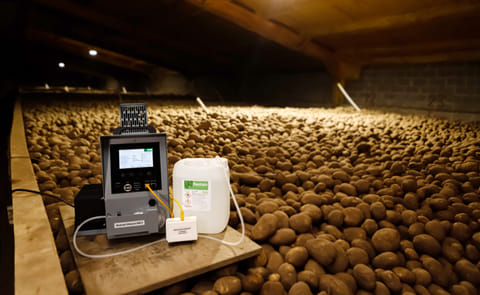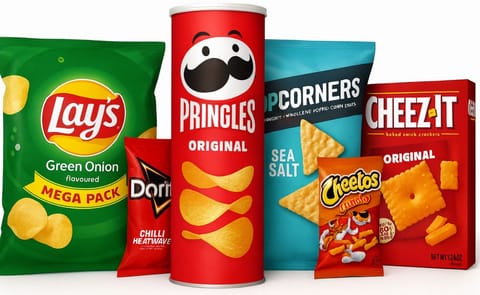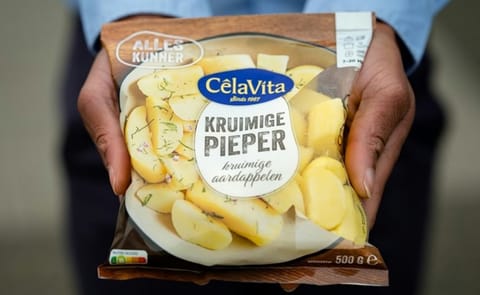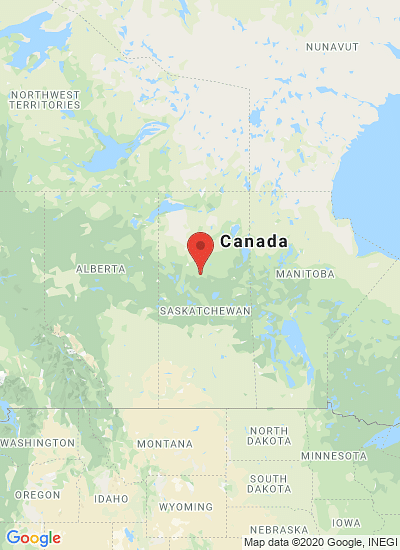Nine out of ten regular food items aimed specifically at children have a poor nutritional content - because of high levels of sugar, fat or sodium - according to a detailed study of 367 products published in the July issue of the UK-based journal Obesity Reviews.
Just under 70 per cent of the products studied - which specifically excluded confectionery, soft drinks and bakery items - derived a high proportion of calories from sugar. Approximately one in five (23 per cent) had high fat levels and 17 per cent had high sodium levels. Despite this, 62 per cent of the foods with poor nutritional quality (PNQ) made positive claims about their nutritional value on the front of the packet.
Just under 70 per cent of the products studied - which specifically excluded confectionery, soft drinks and bakery items - derived a high proportion of calories from sugar. Approximately one in five (23 per cent) had high fat levels and 17 per cent had high sodium levels. Despite this, 62 per cent of the foods with poor nutritional quality (PNQ) made positive claims about their nutritional value on the front of the packet.









